Roughly half-way between Paris and Toulouse, is the city of Limoges. It’s renowned for its decorative porcelain, fine examples of which can be seen at the Musee National Adrien Dubouche. The city is also a centre for technological advances in the manufacture and use of ceramics. Body armour, the aero-space industry, even research into the use of ceramics in the rejuvenation of coral reefs, all of this and more form part of the financial and academic backbone of Limoges.
The region is one of softly undulating hills and rural countryside. Even though I was there in the middle of Winter, it was pretty obvious that the entire area is a rural idyll. Miles away from the hustle and bustle of the big cities.
The city itself is in the shape of a horseshoe. The curve is at the top of the hill, roughly facing south-east, and the two arms of the horseshoe are downhill, roughly facing north-west. Looking at the local architecture, one immediately understands that the original Limoges is at the top of the hill. The buildings in the two arms of the horseshoe are modern and contemporary. Whereas the buildings at the top of the hill are decidedly Tudor and Medieval in both their construction and appearance.

A night view of the 15th and 17th Century Chapelle Saint-Aurelien. The Chapel of St. Aurelianus
But the city is even older than the 15th Century. It was actually founded by the Romans some 2,000 years ago and was originally called Augustoritum. The Romans later renamed it after the local Gaulish tribe, the Lemovices. The city eventually became Limoges and the district Limousin.
I didn’t come to Limoges to see the 15th Century architecture, nor to see ancient Roman ruins, nor did I come to see decorative porcelain or high tech ceramics. I came to Limoges because it is about 20km away from a little town called Oradour-sur-Glane.
On 10th June 1944, soldiers from the Der Führer regiment of the Das Reich 2nd SS-Panzer Division, entered the little town of Oradour-sur-Glane and massacred everybody that they could find. Six hundred and forty-two men (190), women (247) and children (205) were murdered on that day. The church, the houses, the small businesses, everything was destroyed. Either blown up or set ablaze or both. Quite frankly, if it wasn’t for the fact that all of the structures in the town were stone built, there would have been nothing left of the place. As it is, the remains of the town are still there. However, the remains are not only still there because of the robustness of their construction, they are there because General Charles de Gaulle ordered that the town should not be re-built, that it should remain as a memorial, as a permanent reminder of the atrocity and the cruelty of the Nazi occupation.
In 1950, the new town of Oradour-sur-Glane was built. It’s a small, rather non-descript rural town which currently has a population of approx. 2,500 people. I went there on a wet Tuesday in January and barely saw six of the town’s residents. Most of whom were in the local Tabac shop. Even the Tourist Centre was closed for the Winter season.
The local post office built in 1950
But, I didn’t go there to see the new town. I went to Oradour-sur-Glane to see the devastation for myself. Although I had read about it and seen various photos on the internet, I think that a part of me expected it to look like some kind of museum exhibit which had been manufactured to display the harsh reality of what war does to a civilian population, to a civilian setting. Maybe I wasn’t simply expecting it to be like that, maybe I was hoping that it would be like that.
“Souviens-Toi” REMEMBER.
It had been raining all day on Monday and I had serious doubts about trundling a round, exposing my precious camera to the elements. In hindsight, the inclement weather and the time of year, were just right for such an excursion. Not only because the grey skies provided a fitting backdrop to the scenes that I was witnessing, but also because there were very few other visitors present. I feel that it would have been sacrilegious to see hordes of tourists yammering away and taking selfies etc with their mobile phones. There were a few tourists there, I met four Brits from Essex that asked the same question that I had been thinking about i.e. why don’t we have something like this in the UK? Something which has been preserved to show people the devastation of war. I also met a Dutch couple in the church. After a brief introduction and questions being answered about where we were all from, I got a wry comment from the Dutch guy about Brexit. I replied,
“Yeah, I know Brexit is crazy. We Brits are crazy.”, followed by a chuckle.
“Although this isn’t a place for laughter, yes Brexit is funny.”
I wasn’t sure how to handle that comment. But, he was right about one thing, this wasn’t a place to either discuss or joke about anything. Least of all Brexit.
On that terrible day in June 1944, roughly 200 Waffen-SS soldiers marched into the town. The mayor was initially told that they were there to carry out an ID check. The men of Oradour were taken to various barns and the women and children were brought to the church that I was now standing in. There are reports that the children were encouraged to sing as they were, unknowingly to them, being marched to their deaths. I’ve read various stories about the Nazi’s making people, that they were about to murder, sing. It’s a mind boggling phenomenon.
As the 190 men were being mowed down by machine gun fire, simultaneously, 247 women and 205 children were huddled inside the church. Accounts state that the men were shot in the legs. When they were unable to move, the six barns were doused with petrol and set alight. Five men managed to escape. There was a sixth escapee, but he was shot as he fled. Robert Hebras is one of the five. At the time, he was eighteen years old and a mechanic. He may have worked at the local garage where burnt out cars can still be seen rusting away.
In his harrowing account, Monsieur Hebras tells how, it being a Saturday, he was not working and was chatting with a friend outside of his house when the soldiers turned up. He says that he was not as badly wounded as his compatriots because of the amount of men standing in front of him when the machineguns opened fire. He hid under the dead bodies until he was able to crawl out of the blazing barn and managed to escape.
Meanwhile, in the church, the women and children were initially gassed. Then, an incendiary bomb was placed outside the church and ignited. The few women and children who tried to escape from this inferno, were met with machinegun fire. Two women and a child managed to get out through a window at the rear of the church. All three were shot. Marguerite Rouffanche managed to crawl to some nearby bushes where she hid throughout the night. She was found and rescued the following day.
Madame Rouffanche recounts how she saw her young daughter shot to death as the two of them tried to find shelter from the indiscriminate strafing. She herself was shot and wounded five times.
Walking through this veritable ghost town, one can’t help but feel, and see, the horrors that took place. Well over seventy years later, the remains of the buildings are still charred black by the devastating fires. Here and there can be seen the accoutrements of everyday life. Cooking pots, sewing machines, paraffin heaters, everything has been left as it was. A stark reminder that the death and destruction of war doesn’t distinguish between military and civilian life.
Perspex plaques have been placed on the outside walls of the buildings. These plaques tell us who lived there and, where relevant, what the building was before its destruction.
Café Central – E. Brandy (Chez Brandy)
Hotel Restaurant – M. Avril
There are other memorials placed around Oradour, presumably by the descendants of those who perished.
On the building which once housed the doctor’s surgery, a plaque has been placed commemorating brothers, Doctors Paul and Jacques Desourteaux. Dr Paul Descourteaux was also the town mayor.
“L’Association Amicale des Medicines du Maquis et de la Resistance” The Friendly Association of Maquis and Resistance Medicines
So why did this happen, why were 642 men, women and children exterminated in this horrendous act of wanton violence? Why was a tiny rural town, effectively in the middle of nowhere, completely and utterly decimated?
I’ve spoken to numerous French people, while travelling through France, and they all gave the same reason. Oradour-sur-Glane was a stronghold of the French Resistance. However, it seems that the records do not support that premise. Every article that I’ve read, about Oradour, suggests that the reason is unknown.
But could the answer be as banal as a case of mistaken identity.
Earlier that day, Vichy collaborators told one of the commanding officers of the Das Reich 2nd SS-Panzer Division, SS-Sturmbannführer Adolf Diekmann, that SS-Sturmbanfuhrer Helmut Kampfe of the 2nd SS-Panzer Reconnaissance Battalion, had been captured by the Maquis du Limosin, i.e. the French Resistance fighters of the Limosin District, and was being held prisoner in Oradour-sur-Vayers. A town some 20km to the South-West of Oradour-sur-Glane. Helmut Kampfe was killed on that same fateful day.
But even this explanation makes little sense. Kampfe was captured the previous day, 9th June 1944. Soldiers from the Das Reich division and French members of the Milice, a paramilitary organisation created by the Vichy government with the sole purpose of fighting against the French Resistance, carried out brutal searches of the surrounding area. The few survivors of the Oradour-sur-Glane massacre have given no eyewitness testimonies that the SS troops carried out any kind of search for their missing high ranking officer.
Another theory is that it was a “simple” act of revenge.
It seems that the actions of Adolf Diekmann, and the soldiers under his command, were beyond the dubious standards of the Waffen-SS. Protests were lodged by Field Marshal Erwin Rommel and the commander responsible for Limoges, General Gleiniger. A Court Martial was ordered, by SS-Standartenführer Sylvester Stadler, pending an investigation. During this investigation Diekmann, who was personal friends with Helmut Kampfe, said that he found the handcuffed body of his friend inside a German ambulance. The ambulance had been set alight, burning alive everybody that was inside it. But again, this explanation makes little sense. As previously stated, Kampfe had been captured the previous day; along with an ambulance and various other German soldiers?
In any event, the investigation, and the proposed court martial, were abandoned because Diekmann died at the Battle of Normandy.
In reality, all we have is the testimony of the small handful of survivors. They all say the same thing. SS-Sturmbannführer Adolf Diekmann told them that his troops were there to carry out an ID check…………………then they killed everybody.


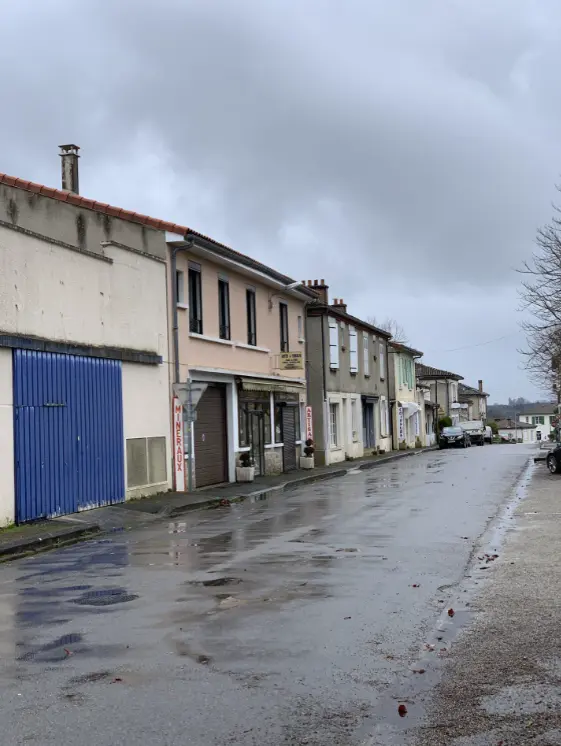
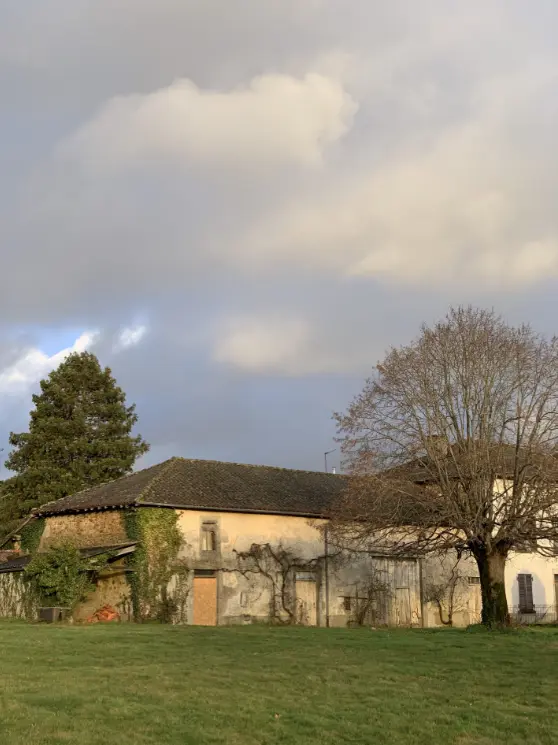
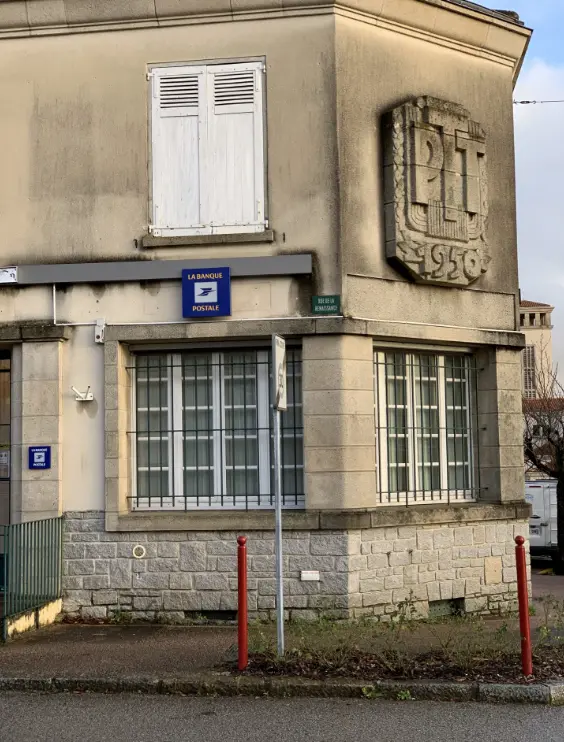


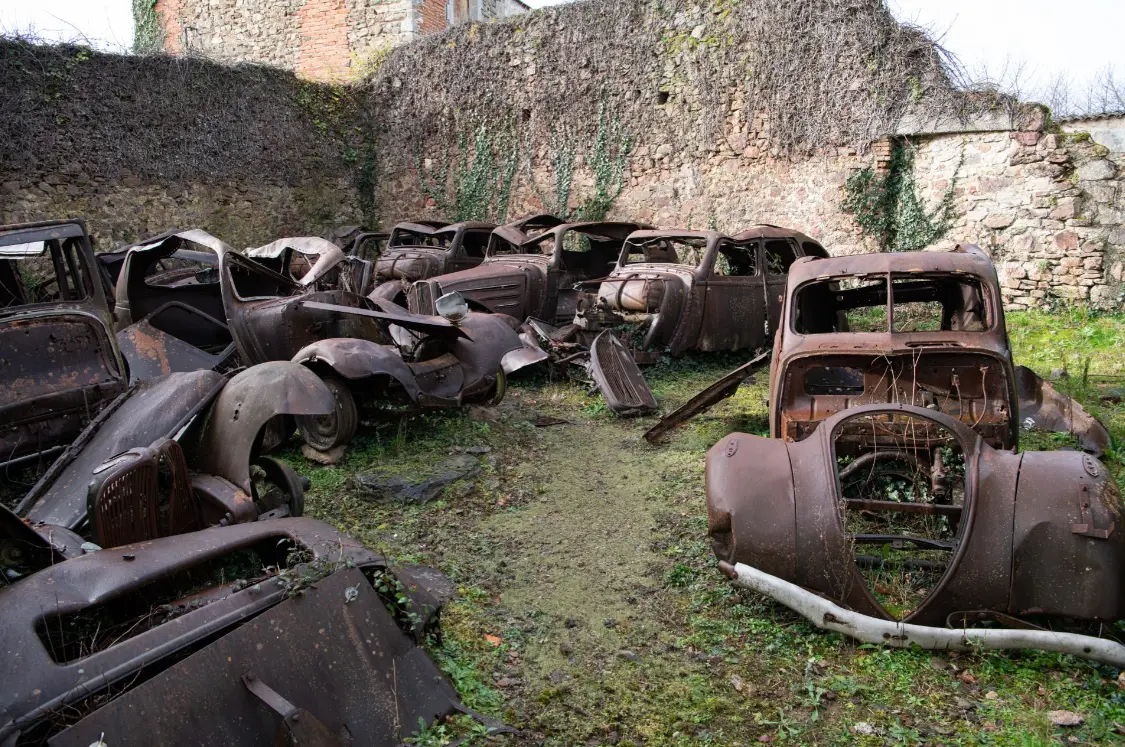
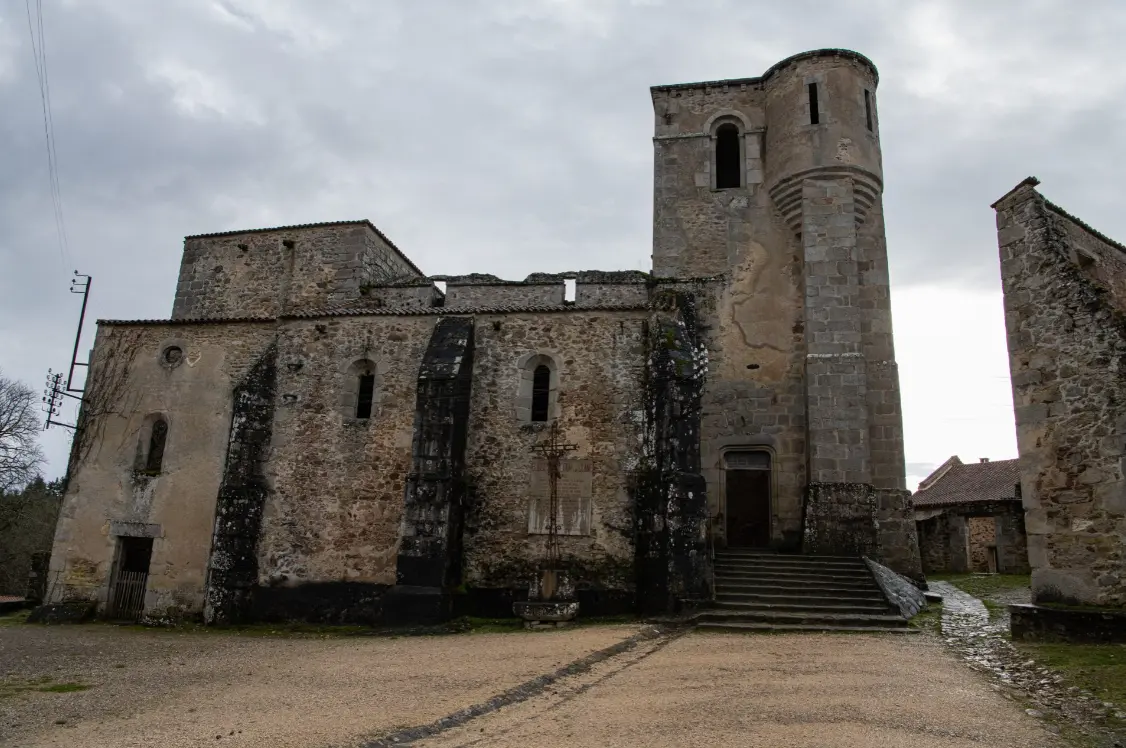
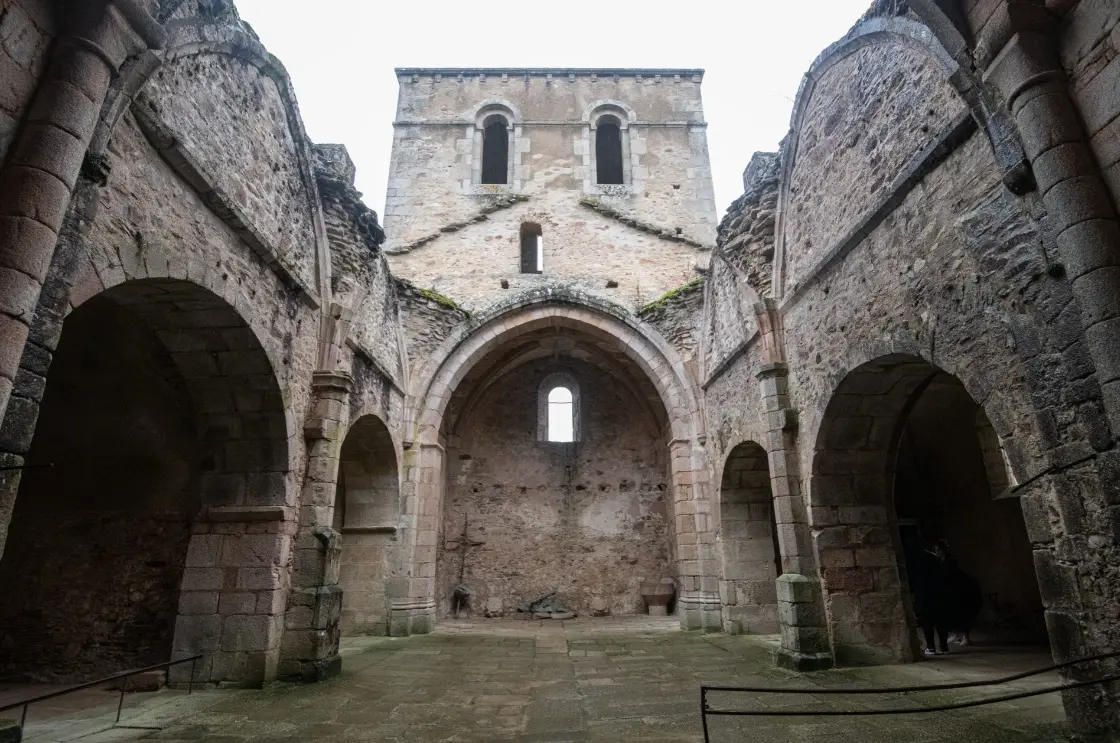

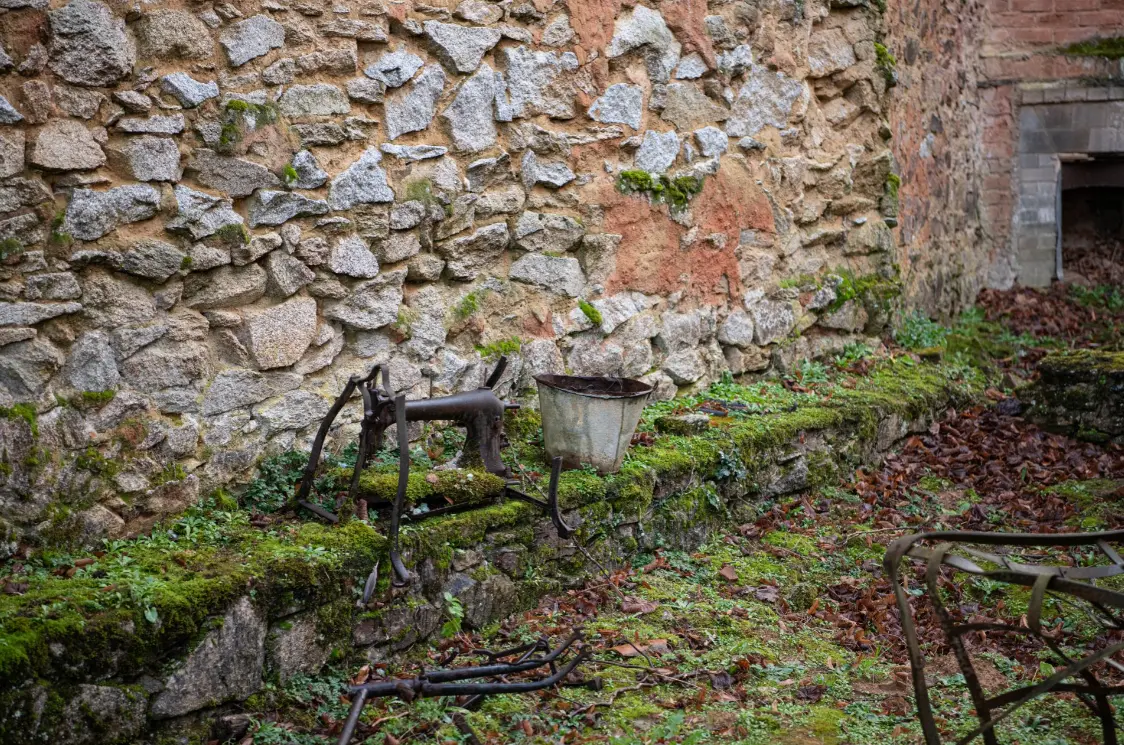
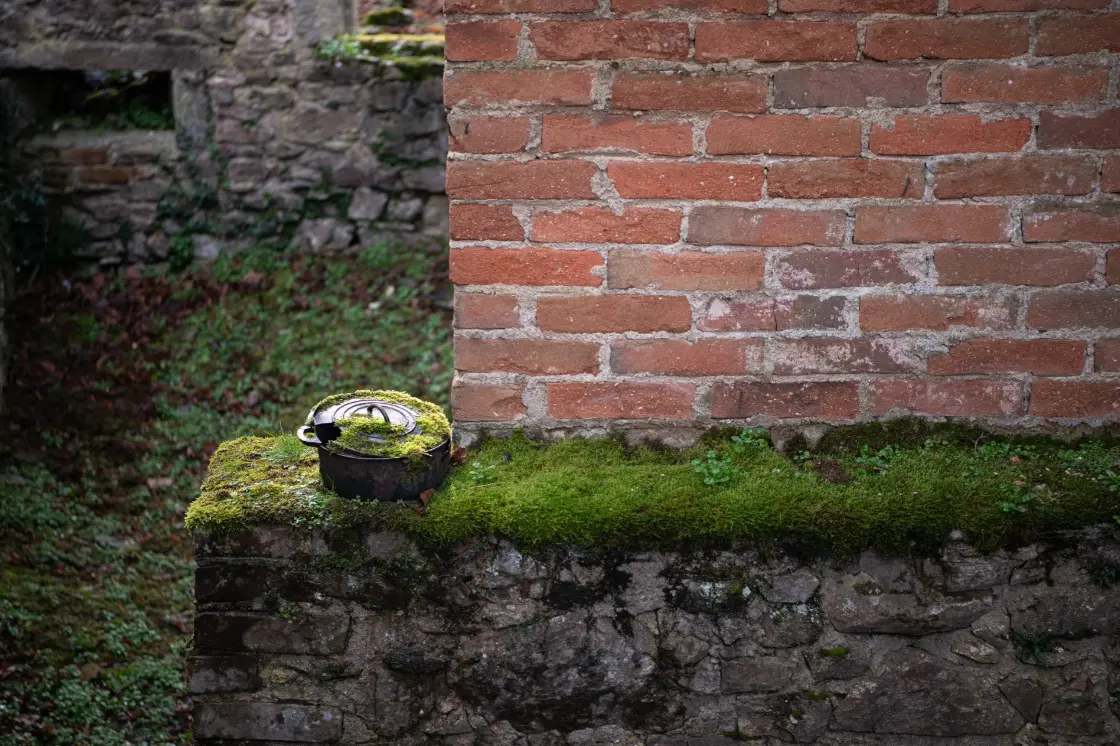
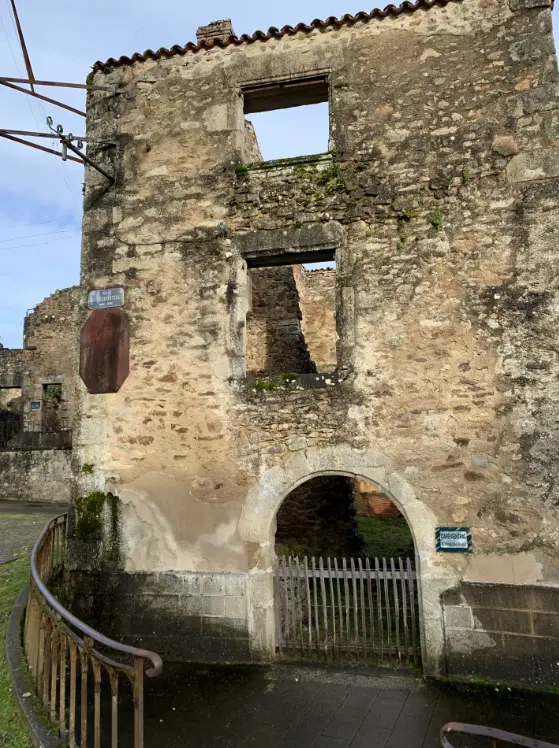
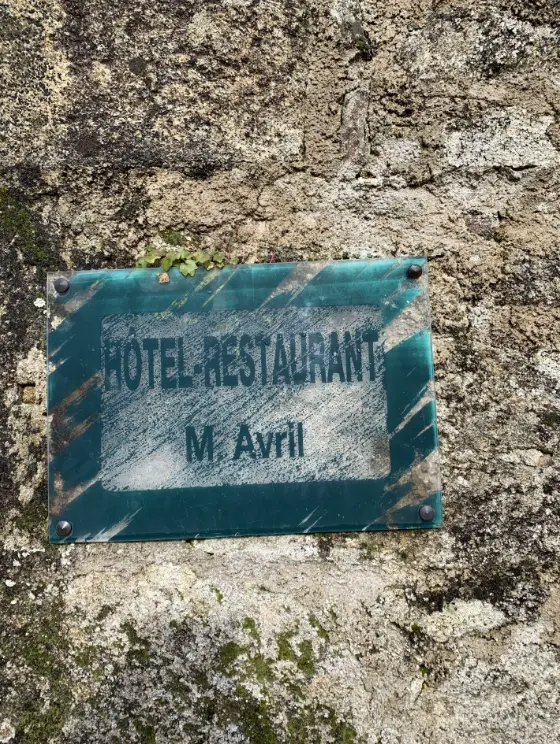
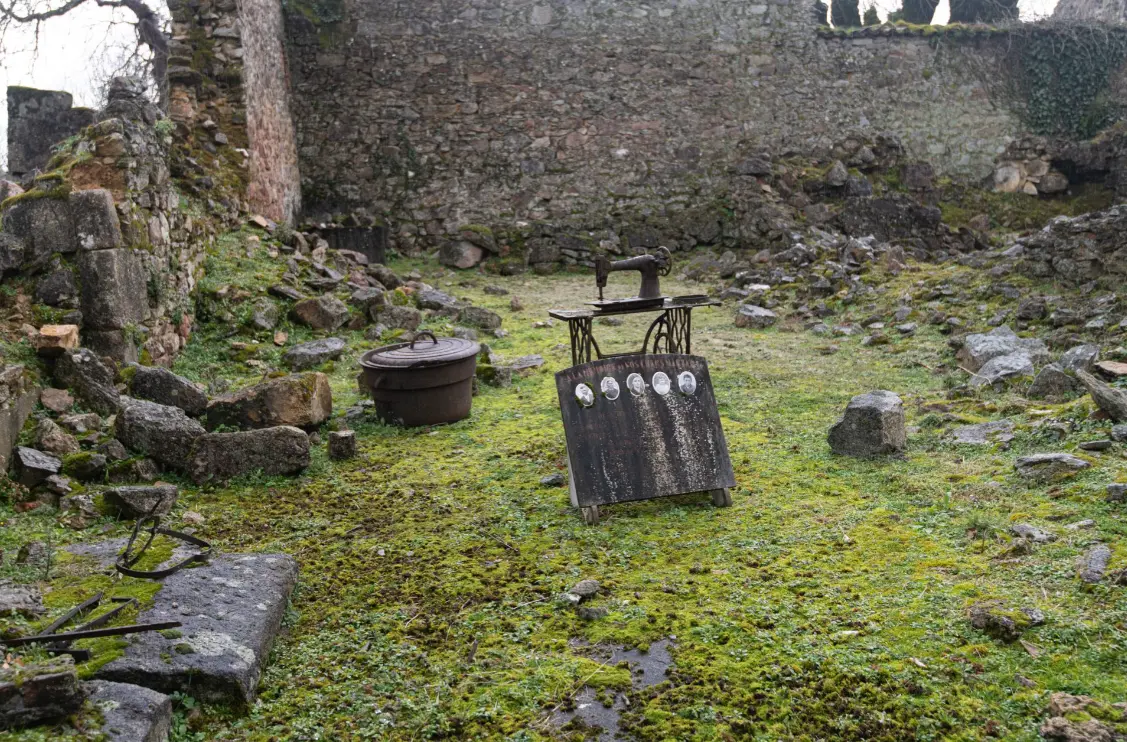

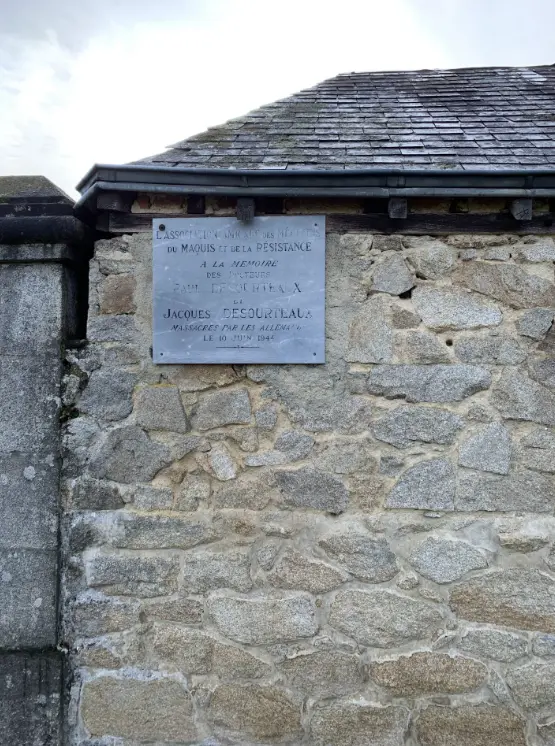
How can such brutality be explained? Can a sustained period of propaganda and the education system produce enough people who believe other nations/races are sub-human?
History AND current affairs sow us that this is indeed the case.
George, thank you so much for reading and commenting on my meagre efforts. Hugely appreciated.